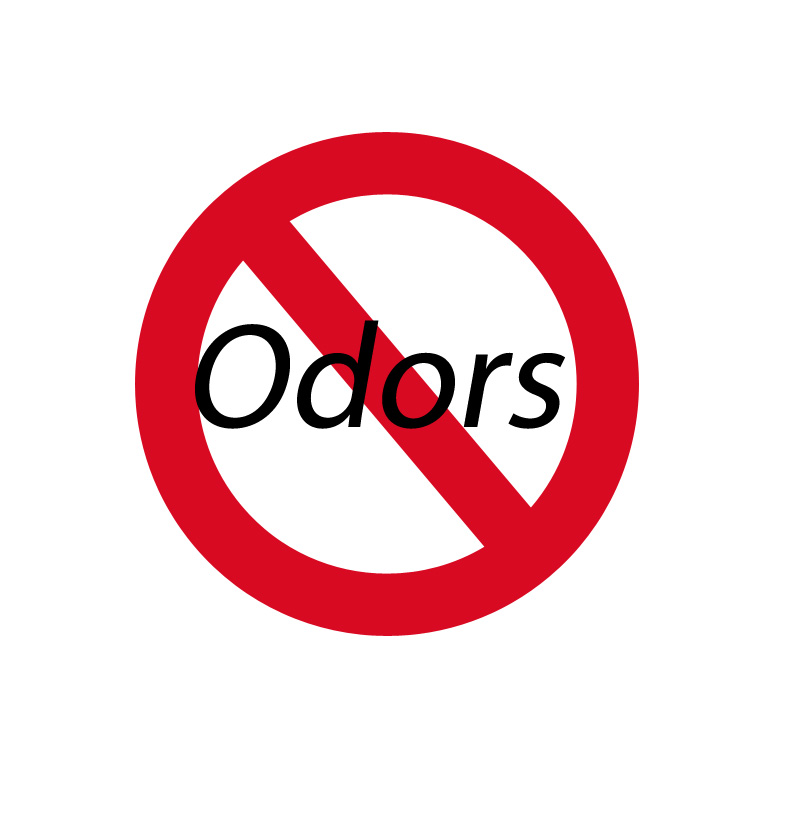Odor complaints from those who live and work near food processing plants have been making headlines lately, resulting in bad press and poor community relations for the manufacturers. The Environmental Protection Agency’s (EPA) Clean Air Act was created to reduce emissions of hazardous and odorous air pollutants and outlines specific requirements for food processors. Subsequently, odor control should be a part of any food processing plant’s Good Manufacturing Practices (GMP) program.
In food processing facilities, both the product and the method of cooking can lead to strong, often unpleasant, odors. For example, smokehouses used to cook hotdogs can produce emissions with odor and other pollutants. A client recently approached Stellar seeking assistance in developing a cost-effective and efficient method to burn off undesirable odors as a result of meat processing.
There are several ways to address and control industrial air pollution. For this particular client, Stellar decided to incinerate the odors by directing the waste air to the boiler where it was burned off. The exhaust stack is connected to a duct where a fan pushes the odorous air horizontally about 250 feet into the makeup air plenum of the boiler. The boiler was a custom unit capable of accepting the moist combustion air.
We provided the client a more cost-effective alternative that eliminated the odor and reduced potential long-term maintenance costs.
Other techniques include:
Filtration — Roof-mounted air scrubbers can filter the outbound air before releasing it into the atmosphere. Air scrubbers can be expensive and require maintenance and frequent filter replacements.
Process changes — Modifying the quantity and / or cooking time of products can reduce the concentration of fumes in the air.
Chemical scrubbing — Odor eliminating products can be added to the scrubbers to change the molecular structure and capture the odor causing components.
Each method of managing odors has unique benefits and costs. It is important to work with a food processing mechanical systems expert to determine the best application for your plant.
To learn more about improving indoor air quality and controlling noxious odors, email us at foodforthought@stellar.net.




Is there any application in north America for using Cold Plasma Technology in filtration systems?